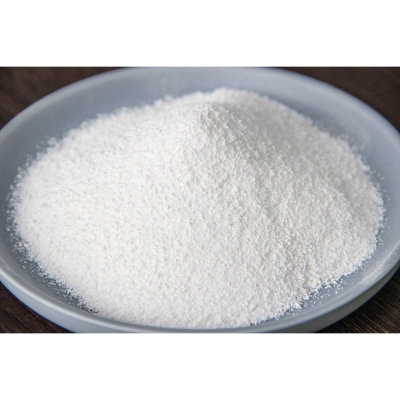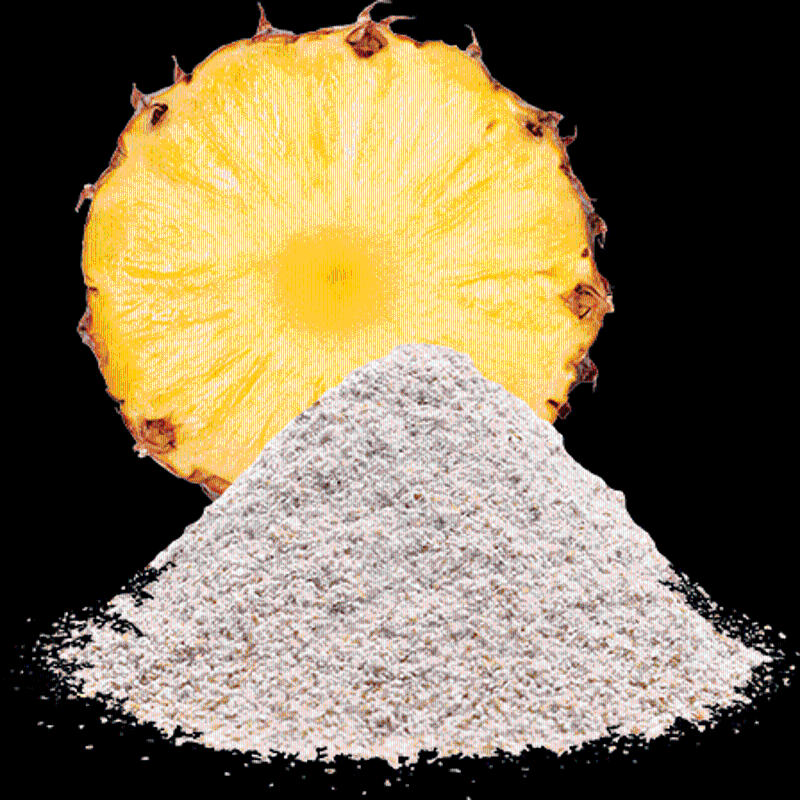-
Categories
-
Pharmaceutical Intermediates
-
Active Pharmaceutical Ingredients
-
Food Additives
- Industrial Coatings
- Agrochemicals
- Dyes and Pigments
- Surfactant
- Flavors and Fragrances
- Chemical Reagents
- Catalyst and Auxiliary
- Natural Products
- Inorganic Chemistry
-
Organic Chemistry
-
Biochemical Engineering
- Analytical Chemistry
-
Cosmetic Ingredient
- Water Treatment Chemical
-
Pharmaceutical Intermediates
Promotion
ECHEMI Mall
Wholesale
Weekly Price
Exhibition
News
-
Trade Service
Professor Lu Fuping, Deputy Secretary of the Party Committee and President of Tianjin University of Science and Technology
As the "chip" of the food manufacturing industry, food enzymes can make food more and more "enzymes" good, which is of great significance to help China's food industry upgrade and achieve high-quality development of the food industry
In this issue of China Food Think Tank, an expert from China Food Think Tank, Deputy Secretary of the Party Committee of Tianjin University of Science and Technology, and President Professor Lu Fuping is invited to write a signed article on "Food Enzymes: The 'Chip' of the Food Manufacturing Industry" to share his unique views
Deputy Secretary of the Party Committee of Tianjin University of Science and Technology, President, Professor Lu Fuping (first from the right)
Food enzymes have broad application prospects
Food enzymes are commonly found in animals, plants and microorganisms and can be obtained by extraction or fermentation
Food enzyme is an intermediate catalytic medium, and the products circulating in the market are often the final products formed by it, and consumers are often unfamiliar with it
The application of food enzymes mainly involves starch product manufacturing, dairy product manufacturing, bakery food manufacturing, condiment manufacturing, fermented product manufacturing, food additive manufacturing, wine and beverage manufacturing and other fields.
With the improvement of people's requirements for food health, nutrition and safety, food enzymes are also facing higher challenges
Food enzyme research tends to be smart and efficient
Commonly used food enzymes can be divided into carbohydrase, protease, lipase, oxidoreductase and isomerase
Using molecular simulation technology, the three-dimensional conformation of food enzyme molecules can be visually observed, so as to further deepen the understanding of the catalytic mechanism of food enzymes and guide the efficient and rational design of food enzyme molecules
In addition, the development of technical systems such as synthetic biology, high-throughput screening, and efficient gene editing has made the performance modification of food enzymes more accurate and fast
Food Enzyme Standards Are Crucial
National and industry standards related to food enzyme preparations play a key role in regulating the production and use of food enzymes
The safety evaluation of food enzymes mainly includes two categories: source safety and production and processing safety
Therefore, for food enzyme standards, safety evaluation has become an important indicator
Enzyme preparations used in China's food industry are managed as food additives and processing aids.
Editor in charge: Xiao Zhihan Review: Wang Jinchen







